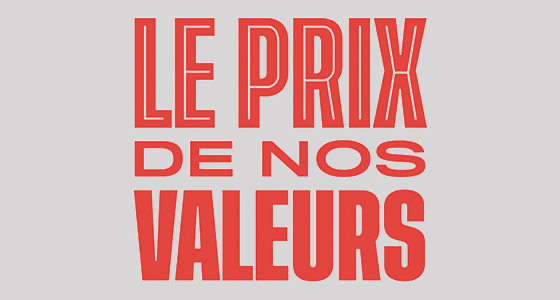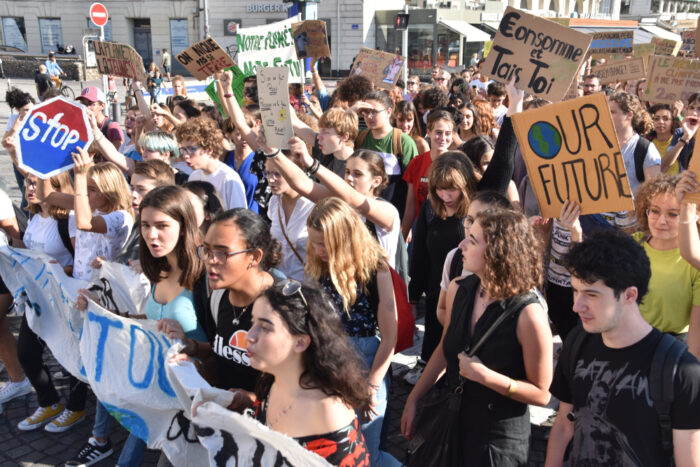The agitation surrounding the parliamentary vote extending marriage to same-sex couples in France in spring 2013 has shown the importance a section of the population still accords to traditional family values. Is this phenomenon specific to France? And does it represent a minority standpoint or even a wavering view? Thanks to the European Values Studies, we have substantial elements of an answer so far as most countries of the European continent are concerned and in some cases we can identify trends over almost 30 years. Sandrine Astor and Nathalie Dompnier offer a detailed analysis of these here, showing how Europeans’ perceptions with regard to couples and marriage are changing.
The authors concern themselves first with the conception Europeans have of marriage as an institution, as well as with how accepting they are of unmarried partnerships, highlighting geographical divides, age and generational effects, and, in passing, stressing correlations with other variables (religion, religious practice). The authors then examine the elements that are regarded as important in the success of marriage, stressing the great stability of the hierarchy of factors –those relating to marital harmony and personal fulfilment coming out on top and increasing in importance by comparison with those relating to material conditions or similarity of socio-cultural background. Here again the divergences observed between different countries are pointed out, and these attest once again to the influence of the dominant social model. Lastly, the article analyses the evolution of the conceptions of male and female roles within the couple, stressing the advance of egalitarian conceptions in Western and Northern Europe, whereas more conservative views of the family persist in Eastern Europe.
Overall, the trends noted and the development of critical judgements of marriage as an institution do not seem to have affected the continuing attachment to certain values specific to it (fidelity, understanding, children) and, indeed, to the social norm it represents. It is simply that a more flexible vision of the couple, more in keeping with individual freedom and sexual equality, is tending to develop in Europe.


